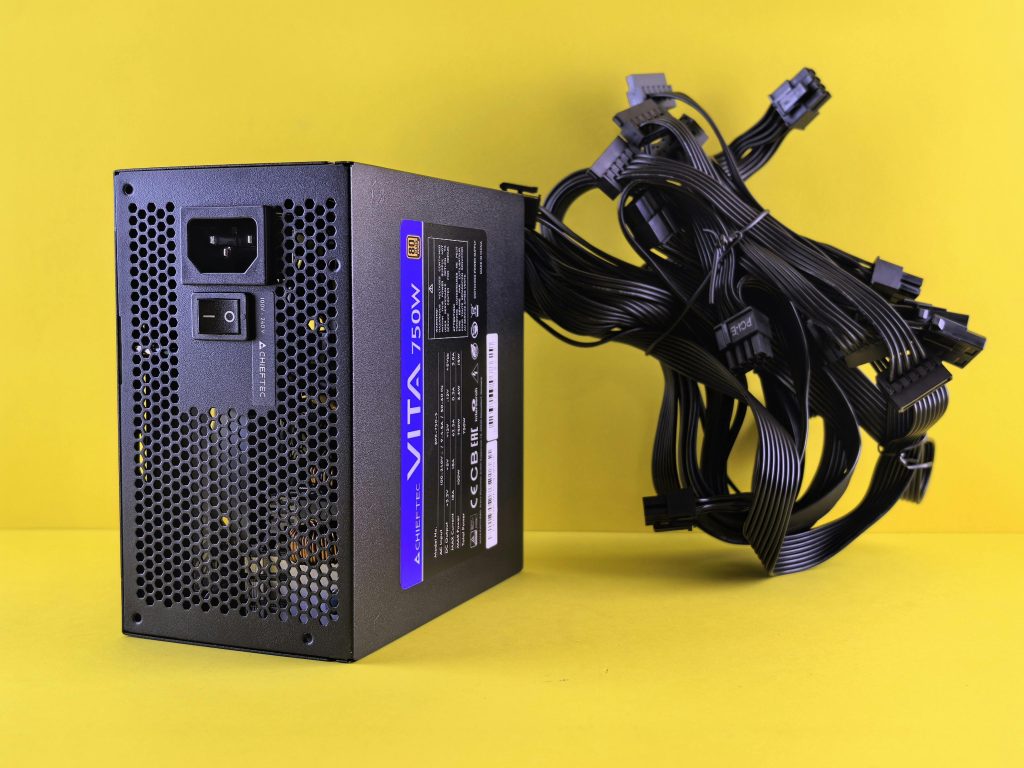Troubleshooting Crashing Displays and No Display Issues in Gaming PCs: A Case Study with the HP Omen 30L
The world of PC gaming offers exhilarating experiences, but when technical issues arise, they can be equally frustrating. One common problem plaguing many gamers is the occurrence of crashing displays or no display issues, particularly while engaging in graphics-intensive activities. In this detailed post, we delve into such challenges faced by users like you and me, using the case of an HP Omen 30L as a benchmark to guide you through potential solutions.
Understanding the Issue: Intermittent Crashes and No Display
When a high-performance gaming rig such as the HP Omen 30L begins to crash or exhibits display issues, the problem is often multifaceted. Let’s break down the symptoms reported:
– Frequent crashing while playing demanding games.
– The screens going completely black while audio continues to work.
– A pattern of crashing during specific actions within a game.
– Black display issues with a newly installed motherboard.
It’s crucial to unravel these symptoms one by one, understanding their potential causes, and exploring solutions.
Diagnosis: Pinpointing the Culprits
From a technical standpoint, several components can be responsible for the described issues. Here’s an exploration of each:
The GPU: A Prime Suspect
Overheating: Graphics Processing Units (GPUs) are notorious for overheating, especially during extended gaming sessions. Modern GPUs can withstand high temperatures, but constant overheating might lead to hardware throttle or shutdowns.
Driver Issues: Outdated or corrupt GPU drivers can also result in crashes. Graphics drivers are crucial for ensuring smooth communication between the game and the hardware.
Hardware Failure: Occasionally, GPUs themselves may begin to fail due to manufacturing defects or wear and tear over time.
Solution Approaches:
1. Monitoring Temperatures: Use Software like MSI Afterburner to monitor your GPU’s temperature. Ensure that your case is well-ventilated or consider upgrading to a better cooling solution if necessary.
-
Updating Drivers: Regularly check for and install the latest drivers from the GPU manufacturer’s website.
-
Testing with a Different GPU: If possible, test the system with a different GPU to rule out existing hardware failure.
The Motherboard: The Gateway of Communication
The motherboard’s role in connecting all the components makes it a crucial suspect.
PCI Controller Errors: As highlighted in the event log, errors related to the PCI controller may point towards motherboard malfunctions or related peripheral connections.
Incorrect Setup: While switching motherboards, many fail to connect necessary power cables or seat components correctly, leading to no display issues.
Faulty Hardware: While rare, new motherboards can be defective right out of the box.
Solution Approaches:
1. Double-Check Connections: Ensure that all critical power connections are securely in place. Pay special attention to the primary motherboard connection, 12v x8 pin, GPU power, and CPU power connections.
-
BIOS Update: Out-of-date BIOS can render new hardware unresponsive. Update your motherboard’s BIOS by visiting the manufacturer’s site for the latest version.
-
Testing with Integrated Graphics: Connect directly to onboard graphics to determine if the issue lies with the GPU or PCI slots.
The Power Supply Unit (PSU): The Silent Workhorse
Power supplies are often overlooked but can be the source of crashing displays.
Inadequate Power Supply: As GPU pulls more power, especially during high-demand scenarios, an insufficient or failing PSU could potentially cut out, causing the black screen while leaving audio intact.
Solution Approaches:
1. PSU Rating: Check if your PSU meets the power requirements of your system. Upgrade to a higher wattage unit if necessary.
- Cable Management: Ensure all power cables are seated correctly and that modular cables are not damaged or incorrectly connected.
Case Study Rewind: The HP Omen 30L Dilemma
With the understanding of potential culprits, let’s iterate back to our specific case study.
Original Motherboard’s Persistent Problem
The initial observation of crashes during specific interactions suggests the GPU struggling to render new frames, possibly due to high power draw or faulty processing by GPU or motherboard.
- Recommended Action: Stress test the GPU with tools such as FurMark to determine if faults appear under controlled load conditions.
Substitution with the ASUS H510 Motherboard
The no display issue immediately after switching to the ASUS H510, despite reconnecting existing configurations, hints at either a motherboard fault or wrong setups during assembly.
- Recommended Action: Return and replace the ASUS H510 under warranty, considering previous motherboard functionality.
Observations and Adjustments
- Ensure the compatibility of all components, paying special attention to HP proprietary parts that may have limited compatibility with third-party hardware.
Conclusion: Expert Insights and Moving Forward
Technical issues like crashing displays in gaming PCs can frustrate even the most seasoned enthusiasts. Armed with insights from this detailed exploration of the HP Omen 30L case, you can adopt a structured approach to diagnose and fix similar problems.
Summer Job: Accurate diagnosis, component testing, and proper setup remain your best allies in these situations. Maintaining up-to-date drivers, firmware, and hardware health further complements a solid technical foundation for an unstoppable gaming rig.
Seeking additional advice from forums or professional technicians when issues persist can provide new perspectives. Remember, patience and methodical troubleshooting will guide you through even the toughest technical challenges. May your gameplay be seamless, immersive, and rewarding!
Share this content:




Response to Troubleshooting Crashing Displays and No Display Issues
Thank you for the comprehensive breakdown of troubleshooting techniques for display issues, specifically in the context of the HP Omen 30L. Your article accurately highlights the multifaceted nature of the problem and suggests practical measures to diagnose and remedy these frustrating situations.
As a user with a similar setup, I would like to add a few more insights based on personal experience:
Additional Diagnostic Tools
In addition to using MSI Afterburner for temperature monitoring, consider utilizing HWInfo for a more in-depth analysis of system health, including voltages, power consumption, and other critical metrics during stress tests.
GPU Testing
When testing with different GPUs, I recommend utilizing benchmarking Software such as 3DMark to assess performance under stress, as it provides both stability and graphical fidelity tests.
Motherboard Configuration
For motherboards, double-checking BIOS settings can be critical. Ensure that all settings are optimized for your hardware configuration. Sometimes, resetting to factory defaults can alleviate configuration conflicts,
Thank you for sharing such a comprehensive post on troubleshooting display issues in gaming PCs, specifically relating to the HP Omen 30L. Based on the detailed case study, here are some additional technical troubleshooting steps that may help resolve crashing or no display problems: